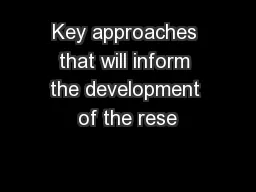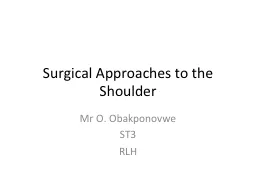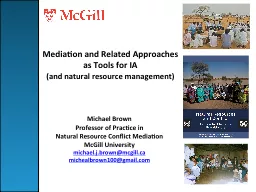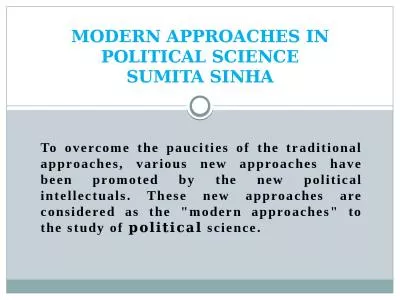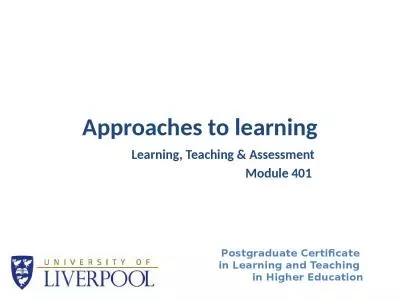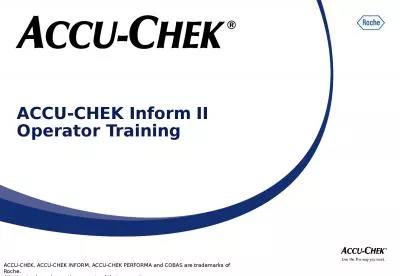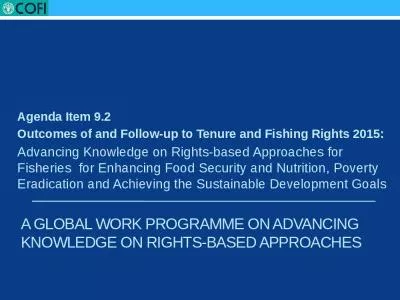PPT-Key approaches that will inform the development of the rese
Author : cheryl-pisano | Published Date : 2017-04-11
The initial steps include Analysing the length composition of landings and the relationship between known discarding and other variables using data published
Presentation Embed Code
Download Presentation
Download Presentation The PPT/PDF document "Key approaches that will inform the deve..." is the property of its rightful owner. Permission is granted to download and print the materials on this website for personal, non-commercial use only, and to display it on your personal computer provided you do not modify the materials and that you retain all copyright notices contained in the materials. By downloading content from our website, you accept the terms of this agreement.
Key approaches that will inform the development of the rese: Transcript
Download Rules Of Document
"Key approaches that will inform the development of the rese"The content belongs to its owner. You may download and print it for personal use, without modification, and keep all copyright notices. By downloading, you agree to these terms.
Related Documents

